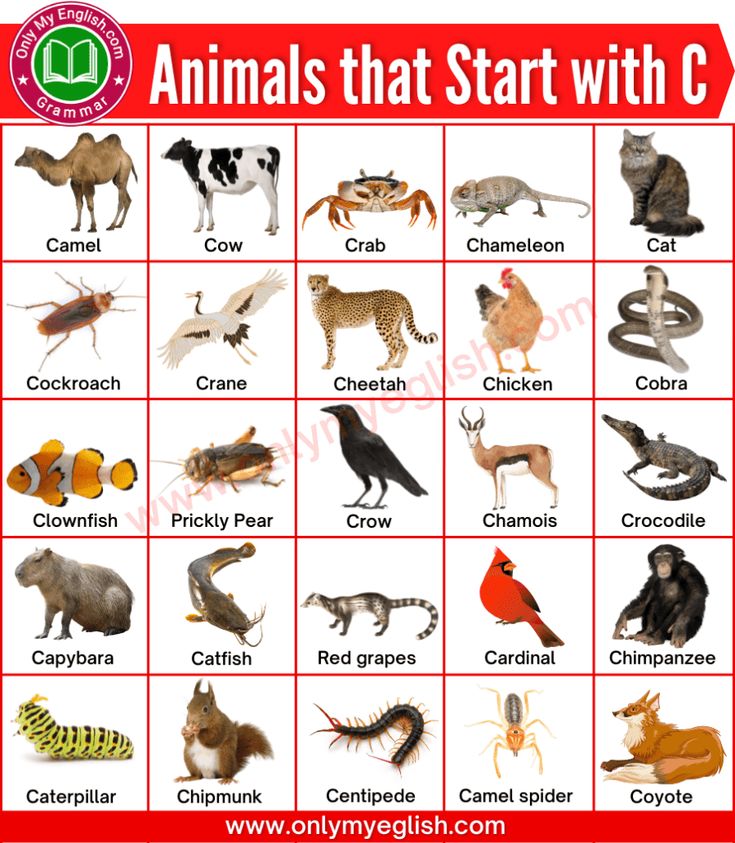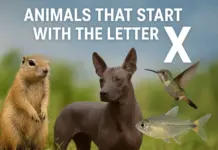Some animals that start with C are the cheetah and the chimpanzee. Both are well-known and fascinating creatures.
Animals that start with the letter C come from diverse habitats and ecosystems. The cheetah, known for its incredible speed, roams the African savannas. Chimpanzees, our closest relatives in the animal kingdom, live in the forests of Africa. Other notable animals include the colorful coral found in oceans and the cunning coyote that inhabits North America.
Each of these creatures plays a unique role in their environment. Learning about them enriches our understanding of biodiversity. From the skies to the sea, animals starting with C offer a captivating glimpse into the natural world.
1. Camel
Camels are large mammals known for their humps. They live in deserts and are great at surviving without water. They can store fat in their humps. This helps them go for long periods without eating. Camels are often called the “ships of the desert.”
| Feature | Detail |
|---|---|
| Habitat | Deserts |
| Diet | Herbivore |
| Average Lifespan | 40-50 years |
2. Cheetah
Cheetahs are the fastest land animals. They can run up to 70 miles per hour. They have a slim body and long legs. Cheetahs hunt during the day and have excellent eyesight. They mainly eat small antelopes and other small mammals.
| Feature | Detail |
|---|---|
| Habitat | Savannas and grasslands |
| Diet | Carnivore |
| Average Lifespan | 10-12 years |
3. Chimpanzee
Chimpanzees are very smart animals. They are closely related to humans. They live in forests and use tools to find food. Chimpanzees eat fruits, insects, and sometimes small animals. They communicate using sounds and gestures.
| Feature | Detail |
|---|---|
| Habitat | Forests and savannas |
| Diet | Omnivore |
| Average Lifespan | 40-50 years |
4. Crocodile
Crocodiles are large reptiles with strong jaws. They live in rivers and lakes. Crocodiles are good swimmers and can stay underwater for a long time. They eat fish, birds, and mammals. Crocodiles are known for their powerful bite.
| Feature | Detail |
|---|---|
| Habitat | Rivers, lakes, and swamps |
| Diet | Carnivore |
| Average Lifespan | 70-100 years |
5. Caterpillar
Caterpillars are the larvae of butterflies and moths. They have long bodies with many legs. Caterpillars eat leaves and grow quickly. After some time, they turn into a pupa. Then, they transform into a butterfly or moth.
| Feature | Detail |
|---|---|
| Habitat | Gardens and forests |
| Diet | Herbivore |
| Average Lifespan | Few weeks (as caterpillar) |
6. Capybara
Capybaras are the largest rodents in the world. They live in South America near water bodies. Capybaras are social animals and live in groups. They eat grasses and aquatic plants. They are excellent swimmers and can stay underwater for minutes.
| Feature | Detail |
|---|---|
| Habitat | Near water bodies |
| Diet | Herbivore |
| Average Lifespan | 8-10 years |
7. Cardinal
Cardinals are bright red birds. They live in North and South America. Cardinals eat seeds, fruits, and insects. They are known for their beautiful songs. Male cardinals are more colorful than females.
| Feature | Detail |
|---|---|
| Habitat | Forests, gardens, and wetlands |
| Diet | Omnivore |
| Average Lifespan | 3-6 years |
8. Crab
Crabs are crustaceans with a hard shell. They live in oceans and freshwater. Crabs have ten legs, and the front two are claws. They eat algae, plankton, and small fish. Crabs can walk sideways and are good at hiding in sand.
| Feature | Detail |
|---|---|
| Habitat | Oceans and freshwater |
| Diet | Omnivore |
| Average Lifespan | 3-4 years |
9. Chameleon
Chameleons are lizards known for changing colors. They have long tongues and can catch insects quickly. Chameleons live in forests and deserts. They can move their eyes in different directions. This helps them spot prey easily.
| Feature | Detail |
|---|---|
| Habitat | Forests and deserts |
| Diet | Carnivore |
| Average Lifespan | 2-5 years |
10. Cockatoo
Cockatoos are colorful birds with a crest on their head. They live in Australia and surrounding islands. Cockatoos eat seeds, fruits, and insects. They are very social and can mimic human speech. They are often kept as pets.
| Feature | Detail |
|---|---|
| Habitat | Forests and woodlands |
| Diet | Omnivore |
| Average Lifespan | 40-60 years |
Alphabet Table: Animals Starting With A-Z
Frequently Asked Questions
What are Animals That Start With C?
Animals that start with C include cat, camel, cheetah, chimpanzee, cobra, crab, and cougar.
What Is A Cute Animal With C?
A cute animal that starts with C is the chinchilla. Chinchillas are small, fluffy rodents with large ears and expressive eyes.
What Is The Ocean Animal That Starts With C?
A common ocean animal that starts with “C” is the clownfish. They are colorful and live in coral reefs.
What Is The Fastest Animal With Letter C?
The cheetah is the fastest animal starting with the letter C. It can reach speeds up to 70 mph.
Conclusion
Exploring animals that start with C has been fascinating. From cheetahs to camels, each creature is unique. Understanding these animals enriches our knowledge of biodiversity. Keep discovering and appreciating the wonderful world of wildlife. Dive into more animal facts to enhance your curiosity and love for nature.




